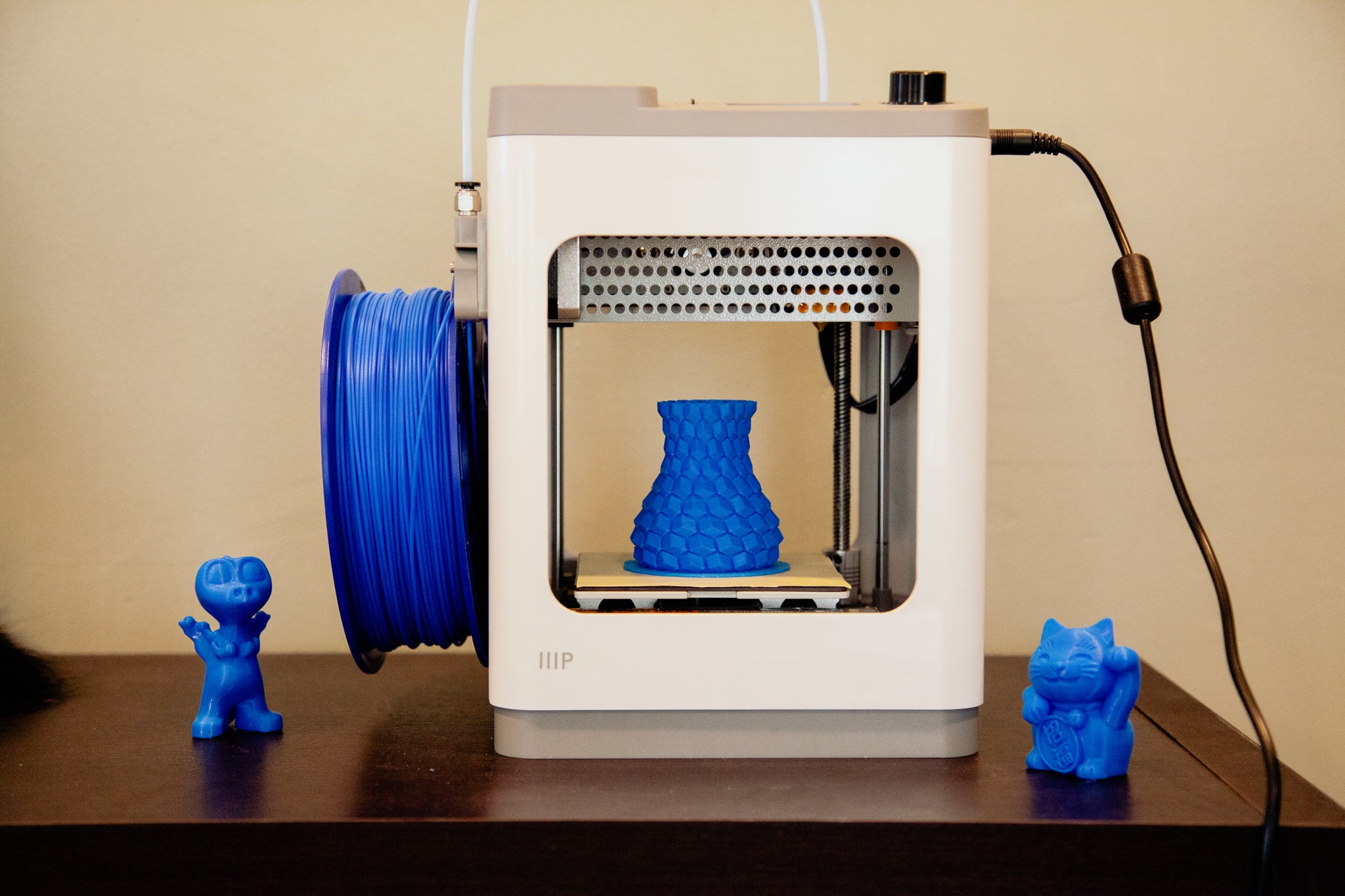3D printing has revolutionized the manufacturing industry, allowing for the creation of complex and intricate designs with ease. However, one question that often arises is whether 3D printed plastic can melt. In this comprehensive guide, we will explore the melting point of 3D printed plastics and provide insights into the factors that affect their melting point.
Firstly, it is important to understand that the melting point of 3D printed plastics varies depending on the type of plastic used. Some common types of 3D printing plastics include PLA, ABS, PETG, and Nylon. PLA, for example, has a melting point of around 180°C, while ABS has a melting point of around 220°C. PETG and Nylon have higher melting points of around 245°C and 260°C, respectively.
In addition to the type of plastic used, the melting point of 3D printed plastics can also be affected by factors such as the printing temperature, cooling rate, and the thickness of the printed object. Printing at a higher temperature can result in a higher melting point, while a slower cooling rate can result in a lower melting point. Thicker objects may also have a lower melting point due to the increased amount of material and the resulting higher density.
It is important to note that while 3D printed plastics can melt, they do not necessarily melt in the same way as traditional plastics. 3D printed plastics may exhibit different melting behaviors due to their unique structure and composition. For example, PLA may exhibit a more gradual melting behavior compared to ABS, which can melt more quickly and abruptly.
In conclusion, the melting point of 3D printed plastics varies depending on the type of plastic used and several other factors. While 3D printed plastics can melt, their melting behavior may differ from traditional plastics due to their unique structure and composition. As such, it is important to consider these factors when designing and printing 3D objects.


